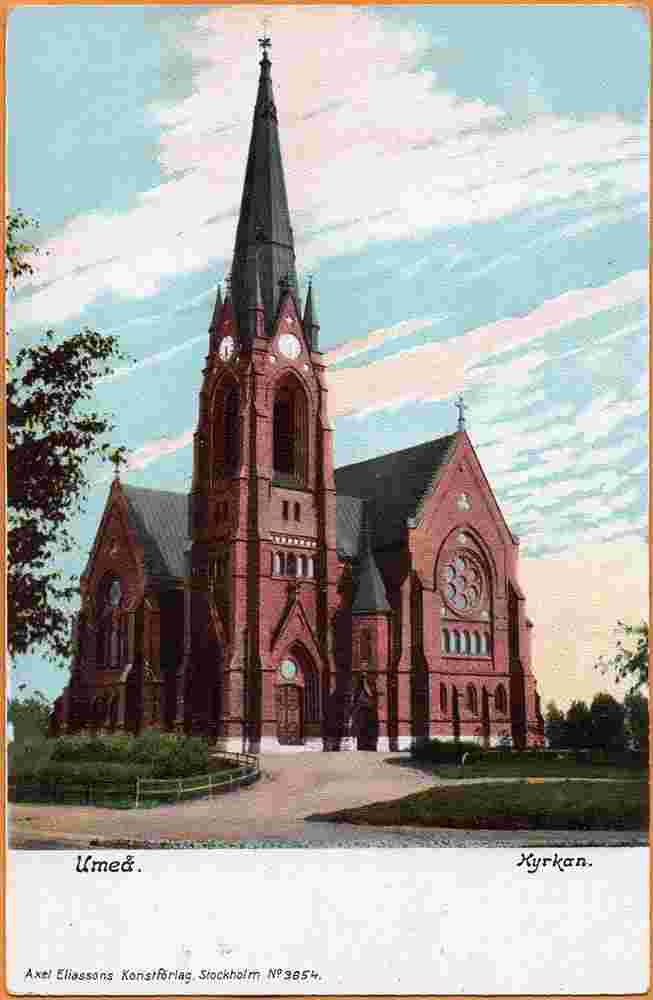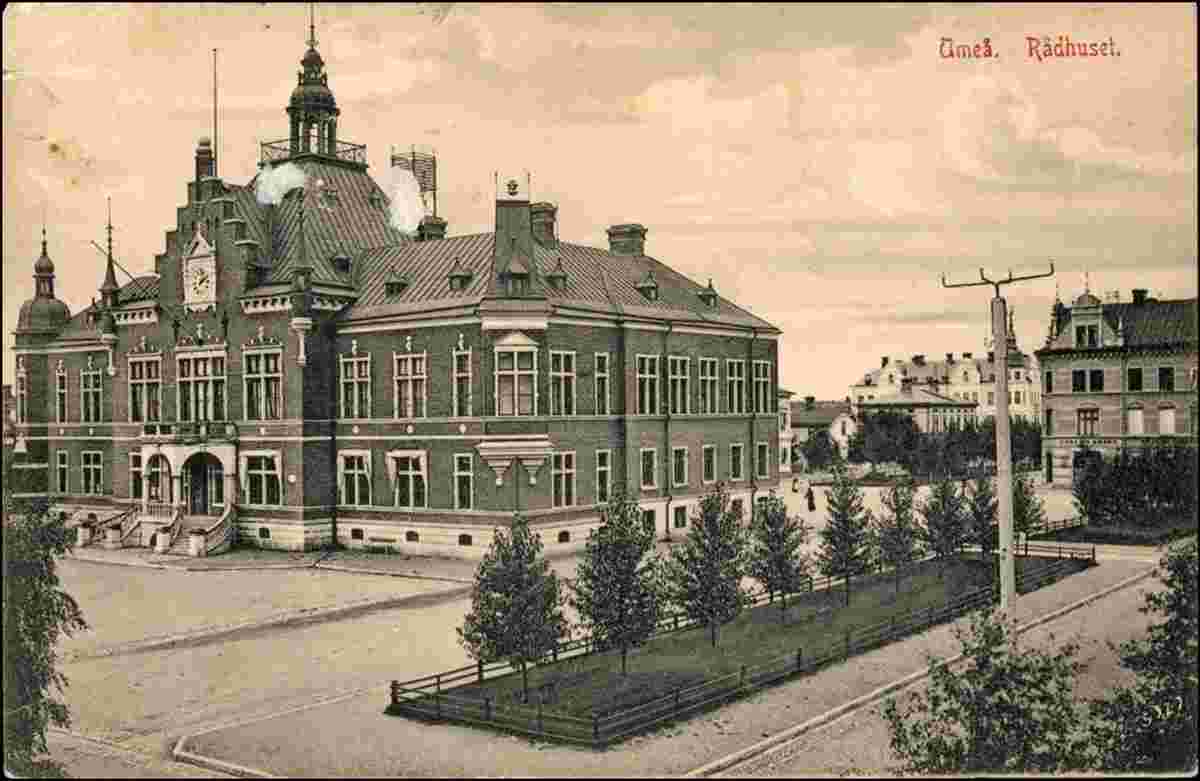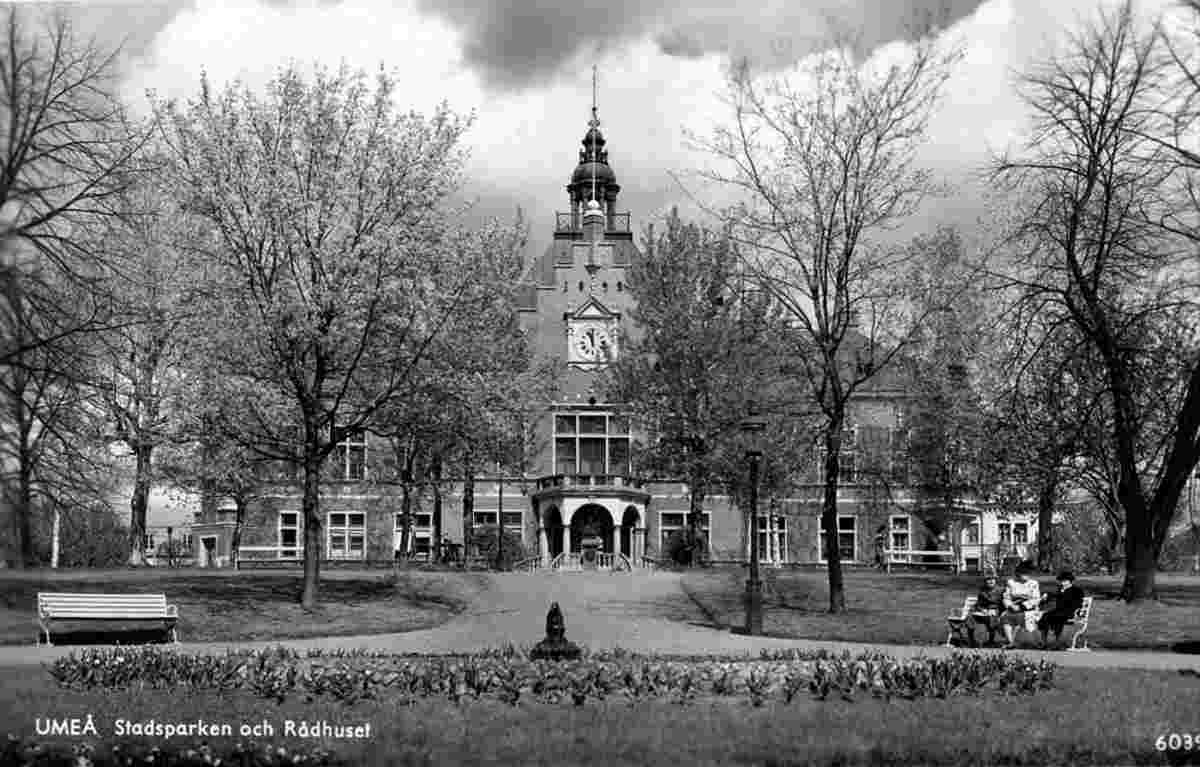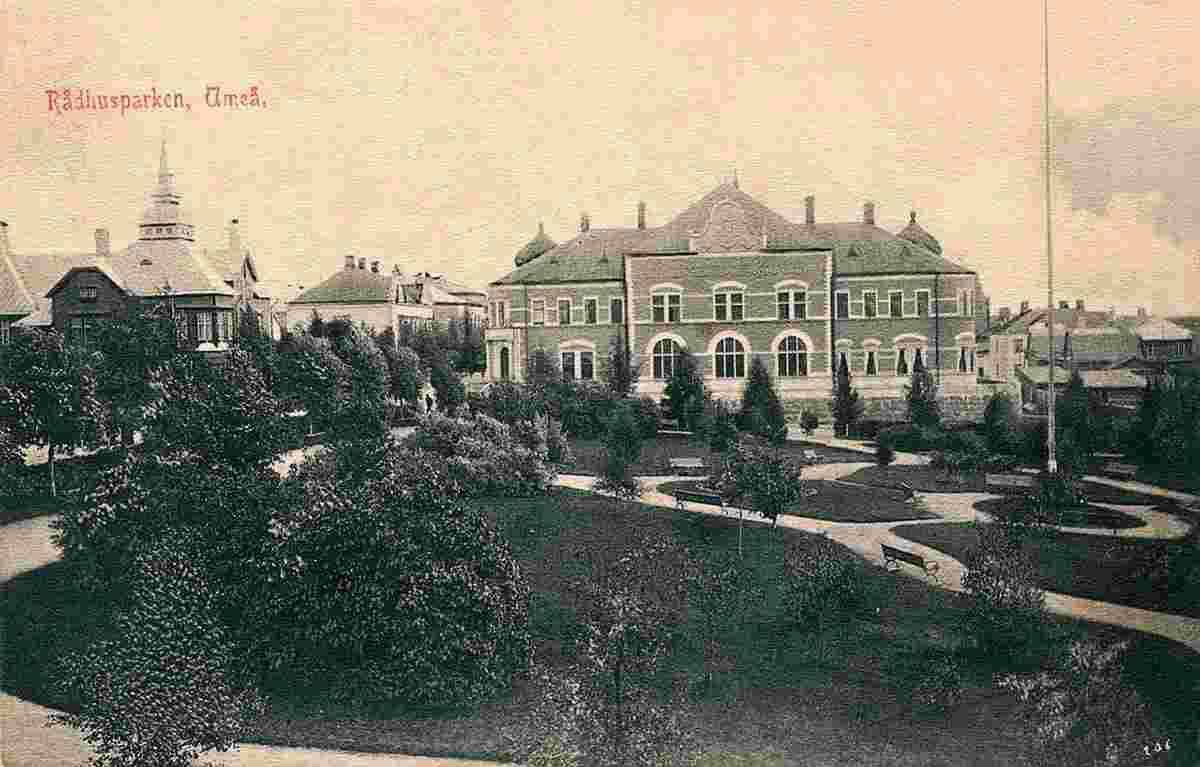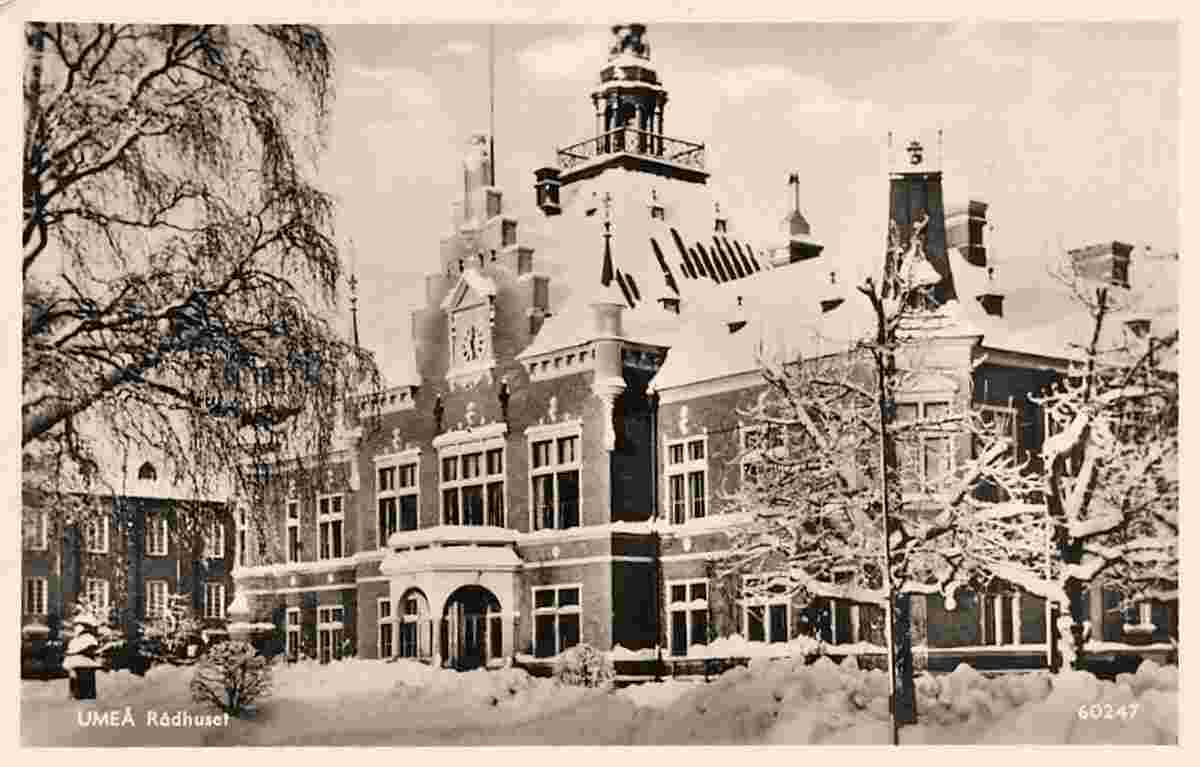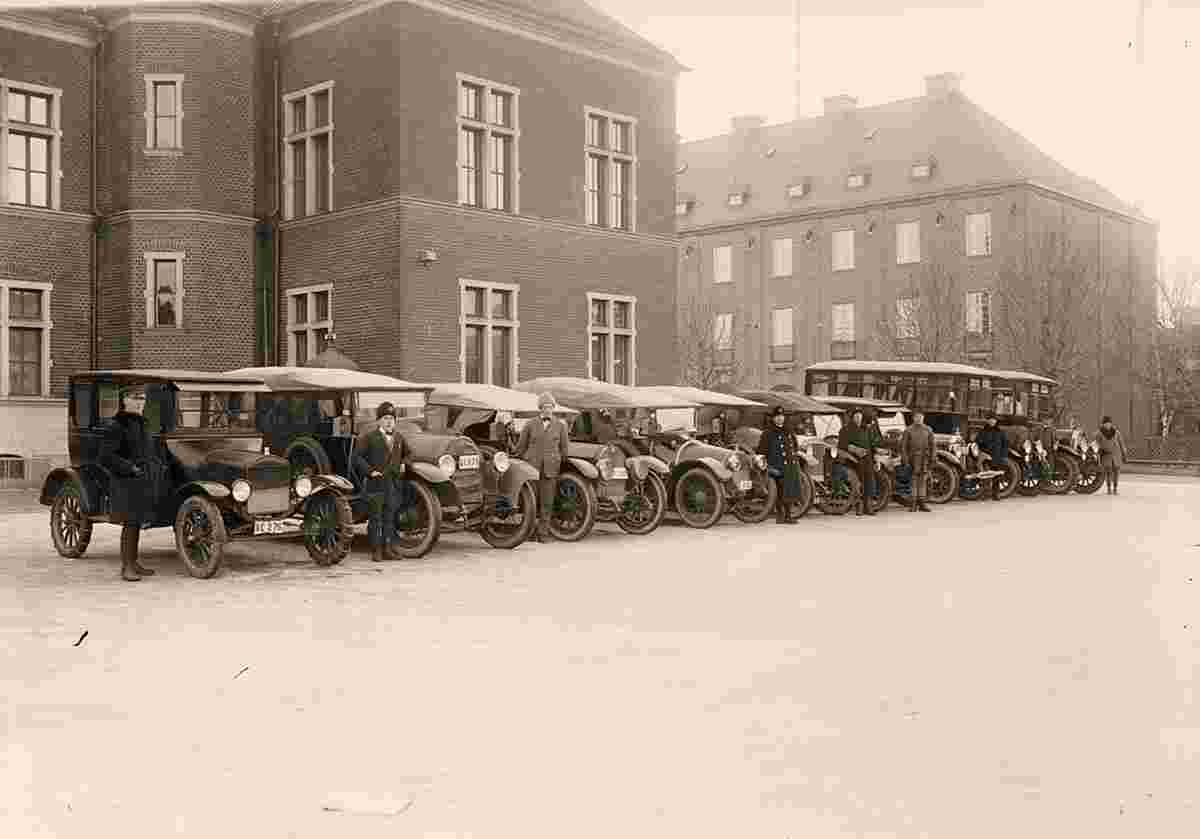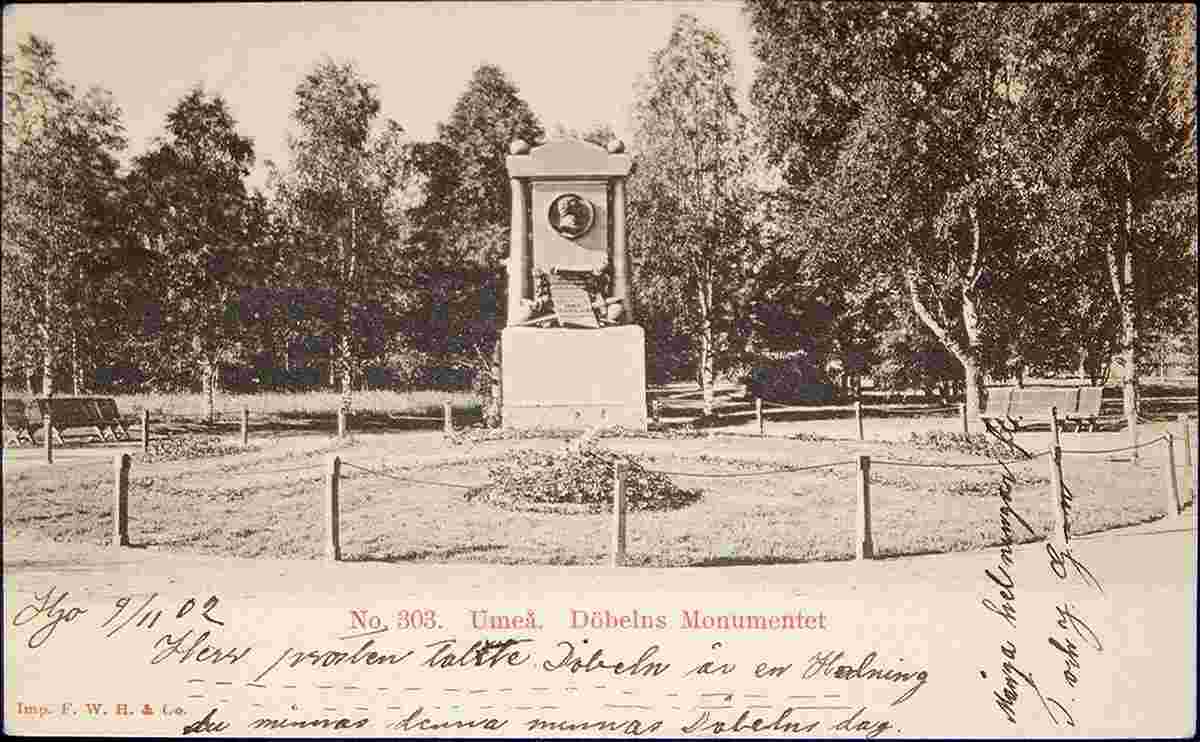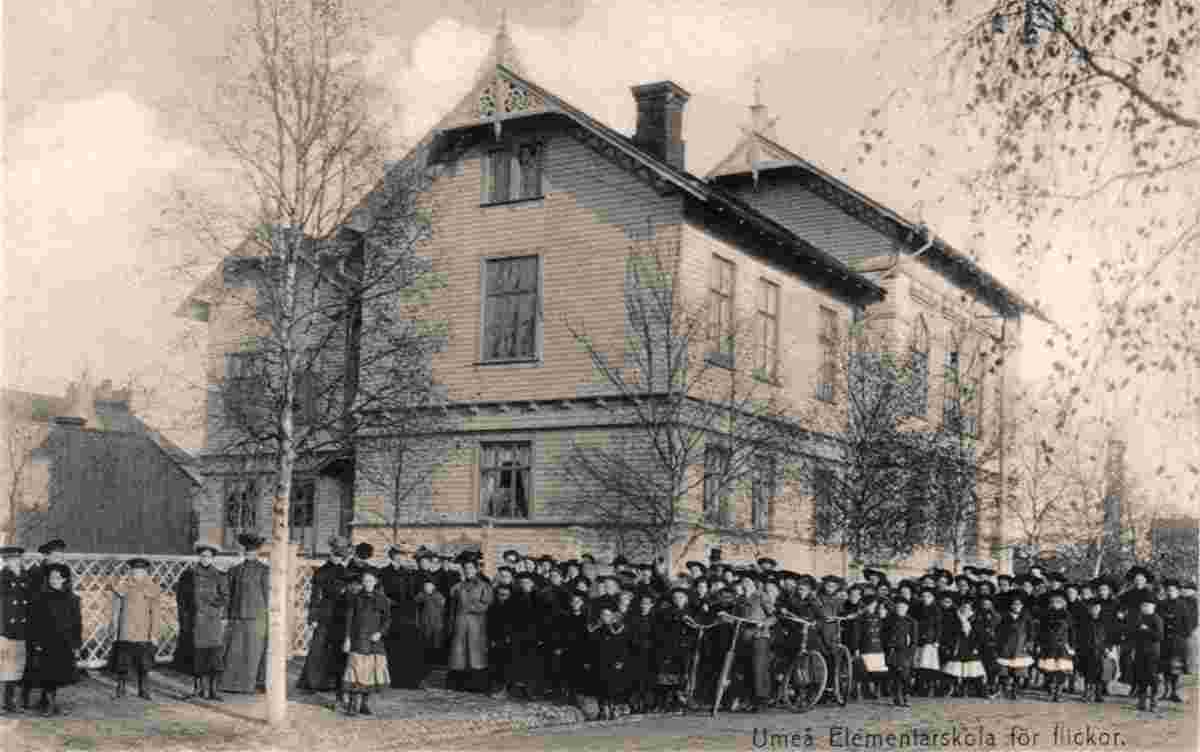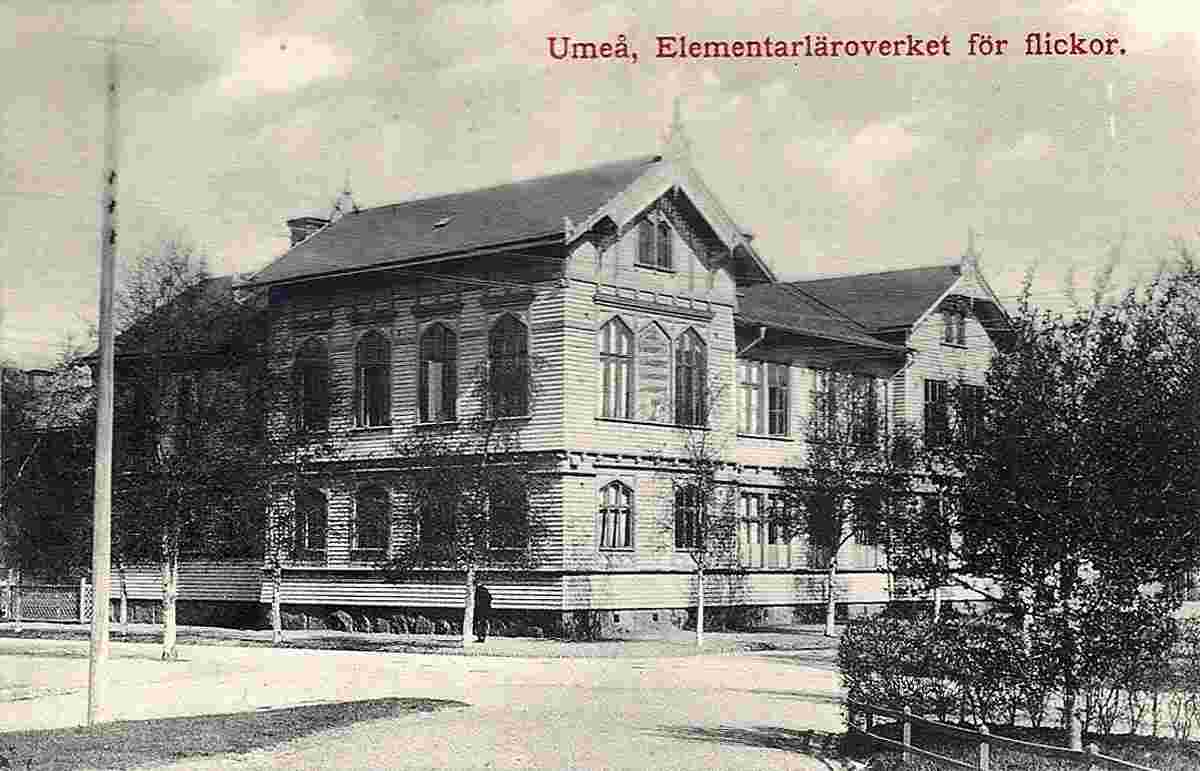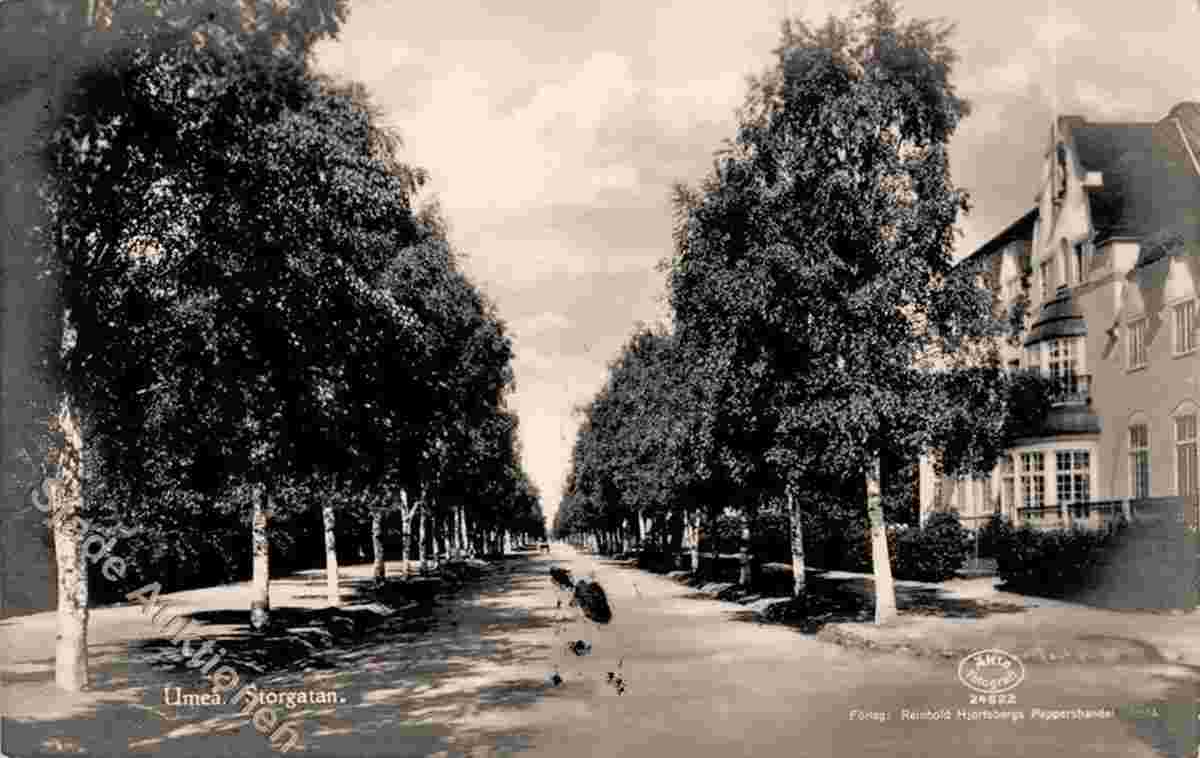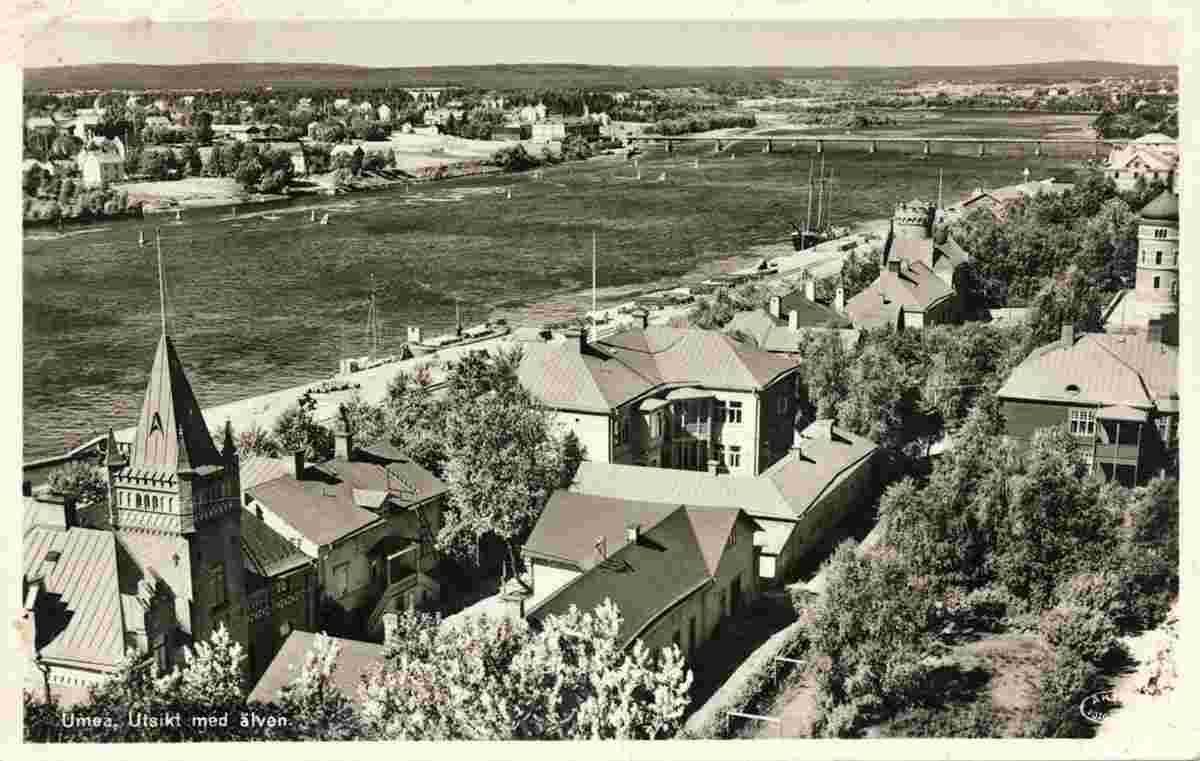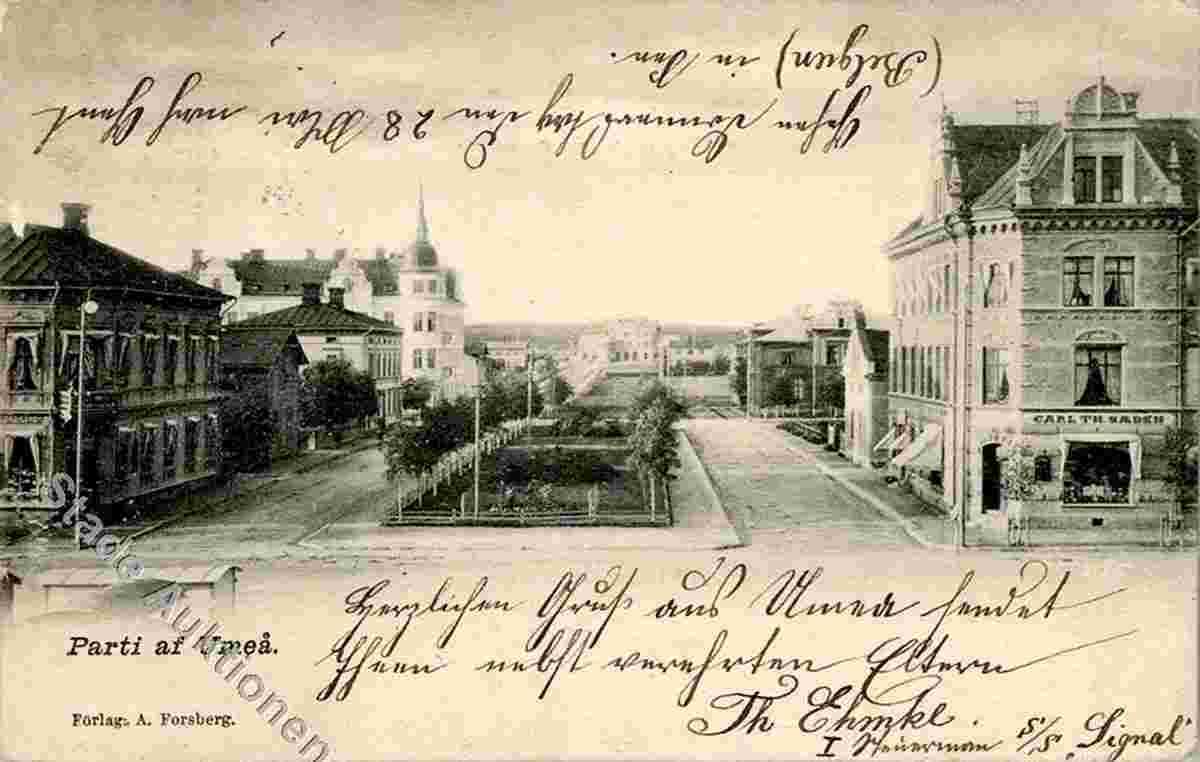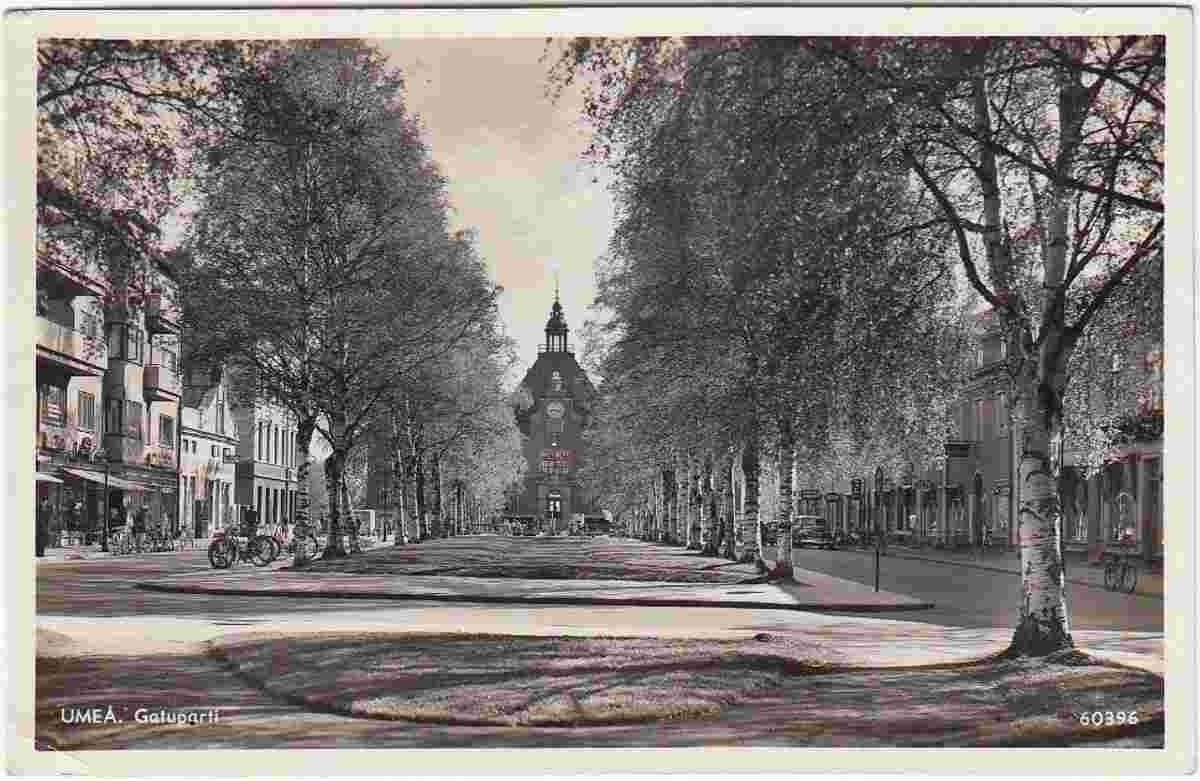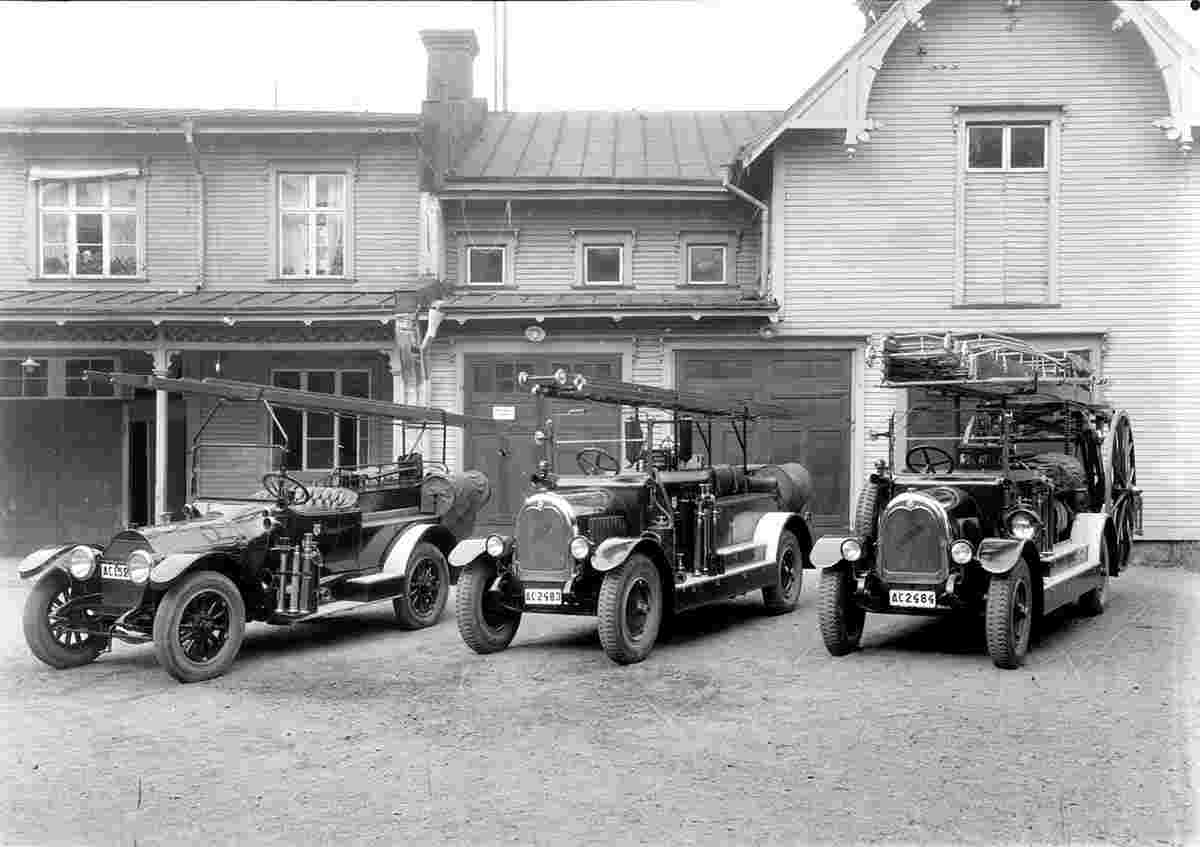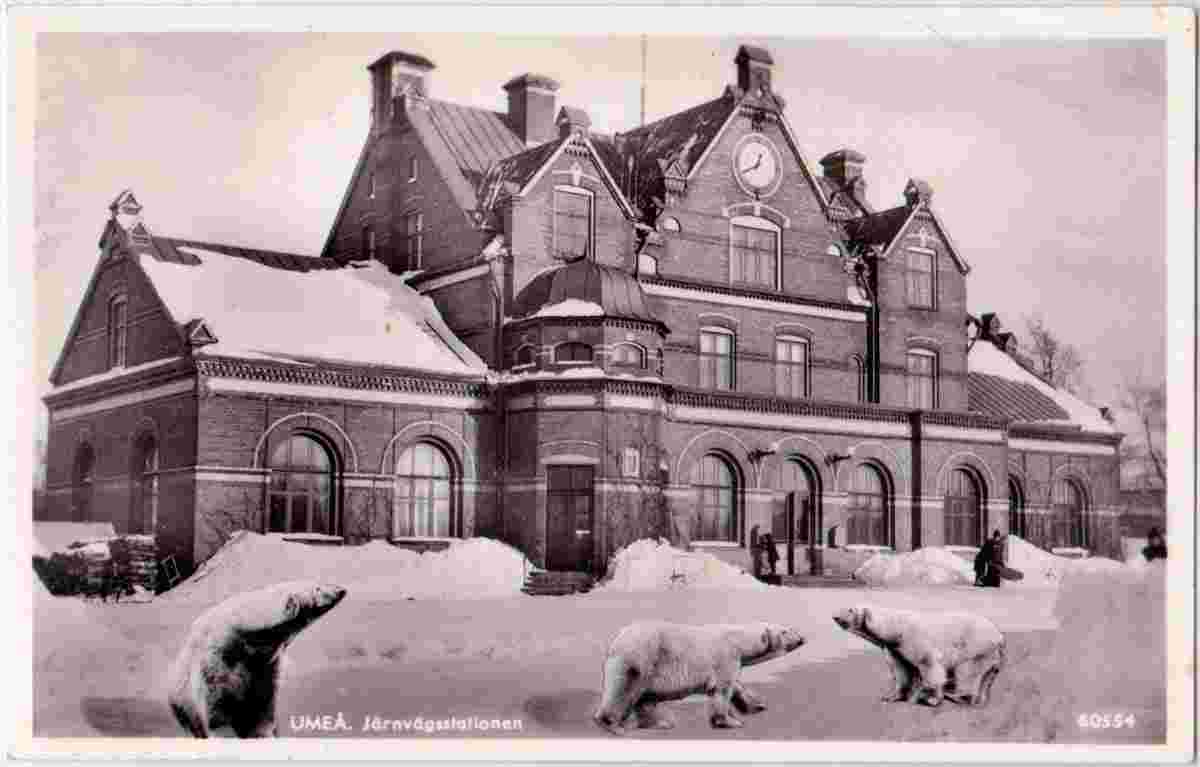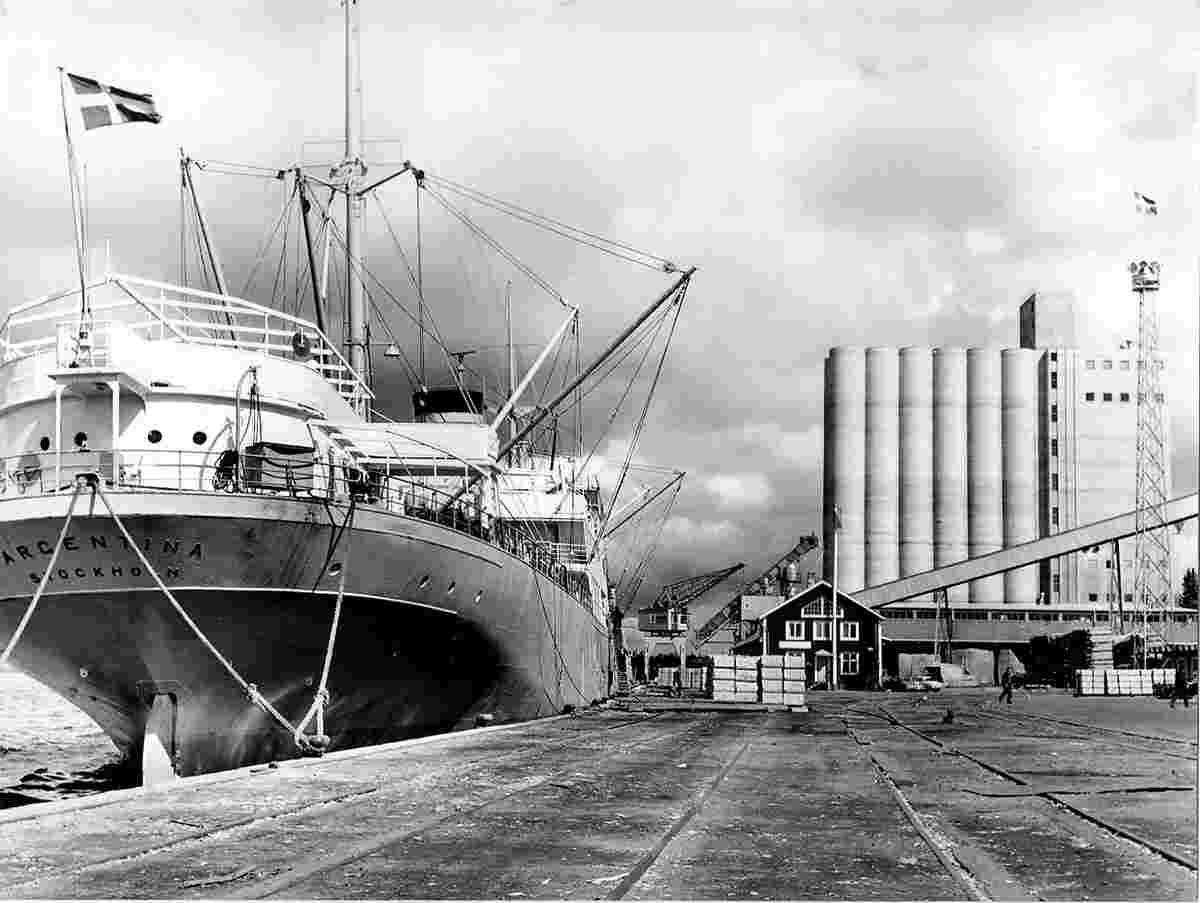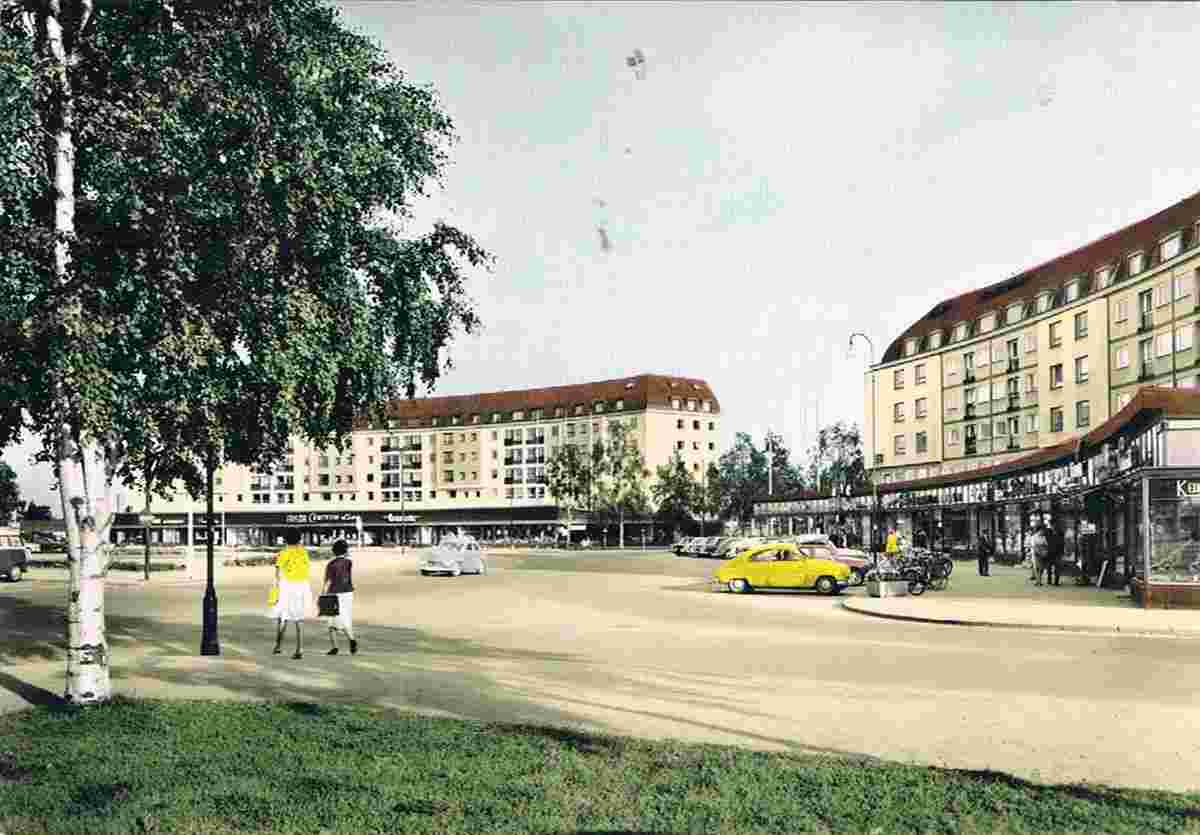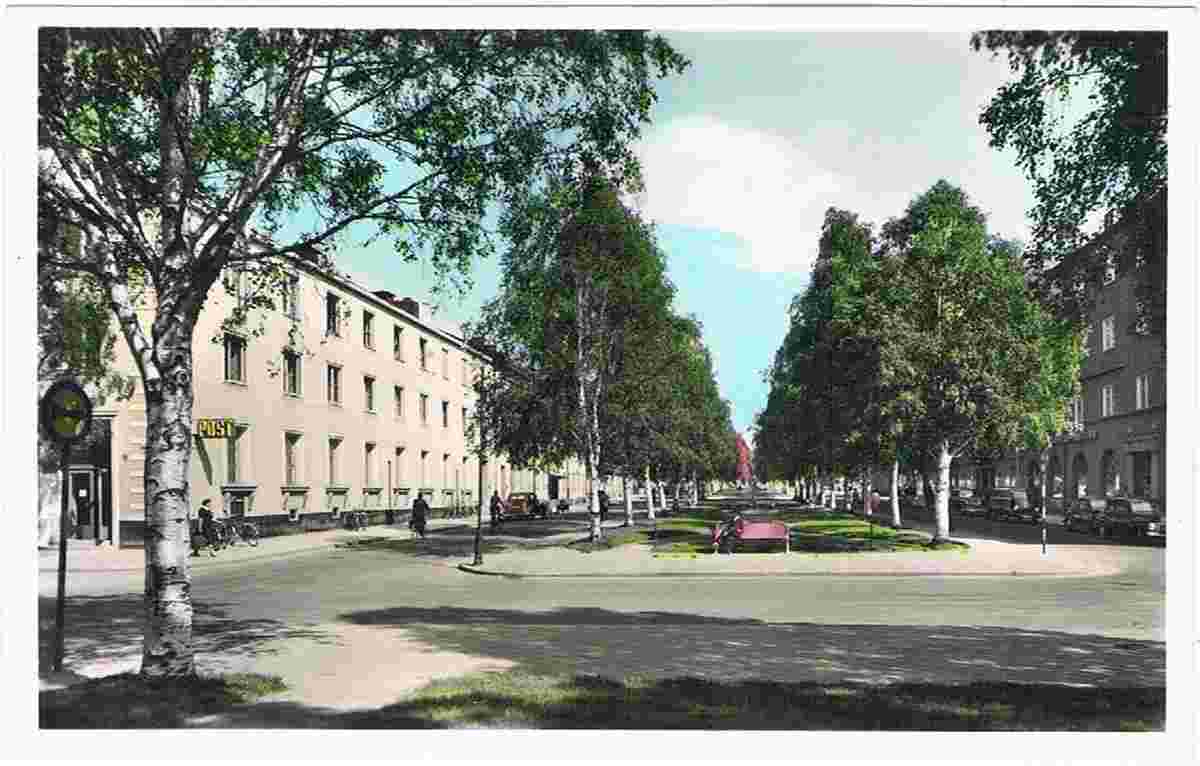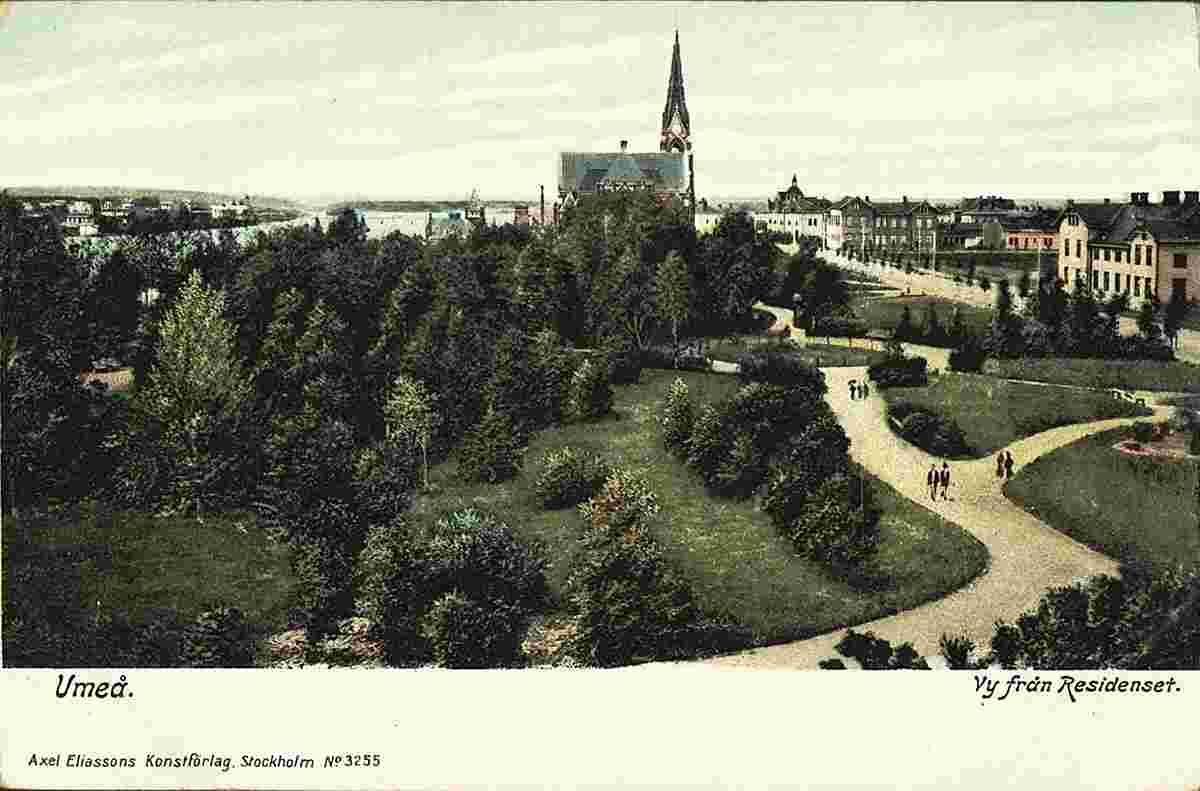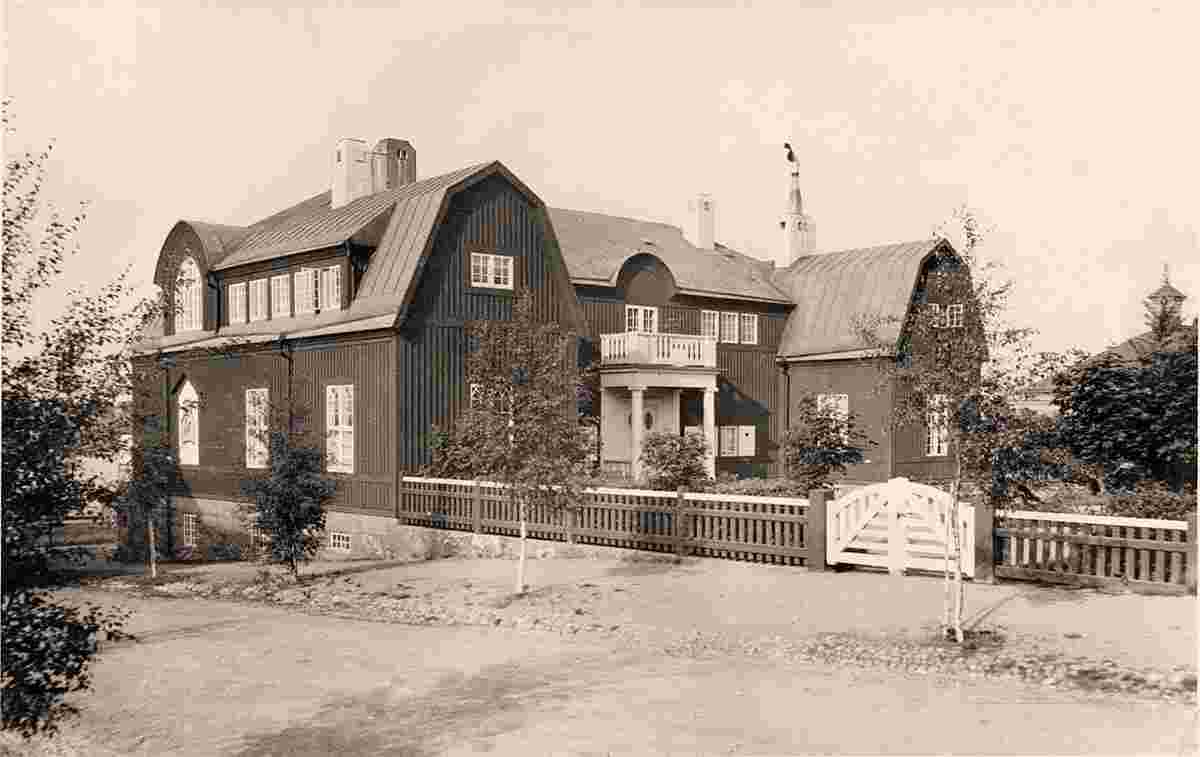Historical and old photos of Umeå, Västerbotten
HistoryThe first written mention of Umeå is from the 14th century. The northern parts of Sweden, including the counties of Västerbotten and Norrbotten, were mostly settled by nomadic Sami people before this time but not necessarily forming any permanent settlement in the city's exact location. The name is believed to be derived from the Old Norse word Úma which means roaring. The name of the town would therefore mean "The Roaring River. Therefore, the coast came to be permanently settled by Germanic peoples moving upwards on the Bothnian Bay by boat, hence the Germanic names of towns and villages on the Westrobothnian coast. Some Kven people had permanent settlements in northern Westrobothnia (Piteå and Luleå) but were gradually assimilated with the Germanic tribes although some Finnish names of lakes and villages survived. Southern Westrobothnia (Umeå and Skellefteå) has been a permanent Germanic settlement since at least the 14th century, but probably since the Viking ages or earlier. Umeå in its first form was a parish with a wooden church and trade post located in the section of town now known as Backen (or Kyrkbacken). Its location near the coast and on a river was probably one of the reasons that people chose to settle there. For the next couple of centuries, Umeå was a place consisting of scattered parishes, where merchandise originating with the Sami people was traded, and was the last inhabited place before the northern wilderness took over. However, no real city was built at the location selected by the king, and it lost its town privileges in the 1590s. In 1622, a city was again founded by Gustavus Adolphus of Sweden. In 1638, it had about 40 houses. It suffered from Russian attacks in 1714 and in 1720 when it was burnt to the ground during the Russian Pillage of 1719-1721. At the close of the Finnish War in 1809 the Russian army under Barclay de Tolly took Umeå and held it from June to August. In 1874 the town improved the plans for its structure after it became a government requirement. Umeå had already started making these changes when on 25 June 1888, a fire devastated the eastern parts of Umeå and at least 2,300 of the 3,000 inhabitants became homeless. In the restoration following the fire, silver birch trees were planted along wide avenues to prevent future fires from spreading. For this reason Umeå is sometimes known as "Björkarnas Stad", the "City of Birches". and the name of the Umeå ice-hockey team, Björklöven, means "The Birch Leaves". Origin: en.wikipedia.org | ||||||||||||
 |
Historical and old photos of Umeå, Västerbotten
Historiska och gamla bilder från Umeå, Västerbotten |
| Main page • Countries of Europa • Cities of Sweden |
| Robinson Rd, CB 13862 Nassau, NP, The Bahamas |
